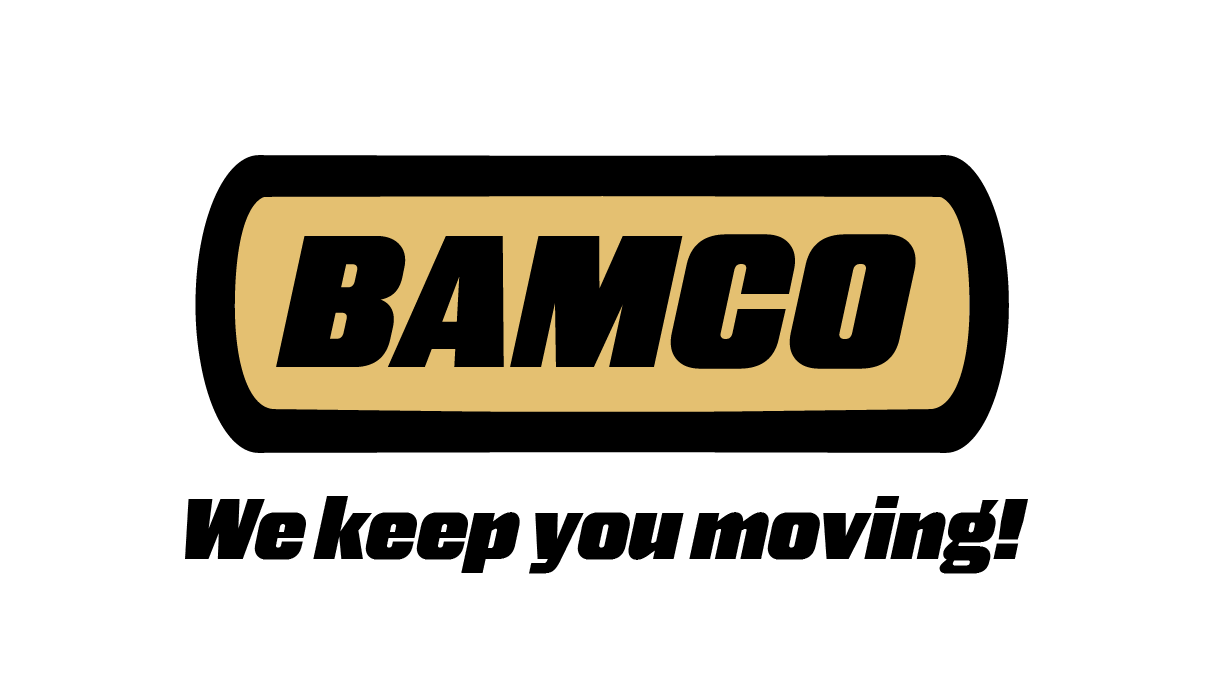This will be the last article in our pricing series. We will be covering the cost drivers when it comes to table top chains, metal belting, and plastic modular belting. A lot of these belts are selected based on their resistance to chemicals, strength, impact resistance, heat/flame resistance. We will cover the extremes on the price spectrum and what causes them to be priced how they are. With that being said there is a whole catalog of these products to fit your specific needs at a price that suites you.
When it comes to these products, there are several materials that are considered the most expensive. The first is polyvinylidenflouride. This is a material that has an especially high chemical resistance, high wear resistance, and good friction properties. The second material is polymide PA6. This is a thermoplastic material with a high resistance to wear, high strength, is very stiff, and possesses a wide range of operation temperatures. This material can also be reinforced with fiberglass to increase its resistance to wear and allows it operate in strong heat for long periods of time. This polyamide can also be made flame retardant which allows it to work in areas where there is a high chance of the chain being ignited. When it comes to stainless steel belting, the Stainless Austenitic (AISI 316) is the most expensive. This material is the same as the others in its category but has the highest stainless sustainability. When it comes to polymer, the reinforced design is the most expensive. Polymer is a thermoplastic material that already has; great strength, stiffness, dimensional stability, resistance to a wide variety of chemicals, coefficient of friction, bearing qualities, and resistance to wear. However, when reinforced, it can be used on conveyers with high speeds where wear and tear is more prevalent. These materials are expensive as they are because there are production costs associated with manufacturing to get the qualities they possess. It can also be due to the fact that some of these products must be brought overseas.
When it comes to these products, polypropylene and polyethylene are the cheapest materials. These are both commodity materials that have plenty of suppliers. Polypropylene is an economic thermoplastic material that has good chemical resistance and is used in high temperature places. Polyethylene is used is low temperature applications where high impact resistance is needed.
With all of that being said, there are several things that can drive the prices of these materials up. The most basic cost driver is what price the raw material supplier is charging and where the raw materials are coming from. The more that the manufacturer has to pay for this, the more we have to. Any sort of extra fabrications will also drive the cost of the product up. This includes; extra machining whether it is external or in-house, complex custom belt builds, custom moldings, and custom materials. There are also outside factors that can drive up the cost of these belts. Of course the global market and competition will be a factor in the cost. Also as new technologies related to molding and manufacturing come out, the price of the product will get cheaper. Lastly, as the manufacturer scales up, the price of the product will get cheaper.
Hopefully these articles give you an understanding of how products are priced within our industry. From here, we plan to make videos for each product category, breaking this down into greater detail. Be sure to subscribe to our YouTube to keep an eye out for these videos.

